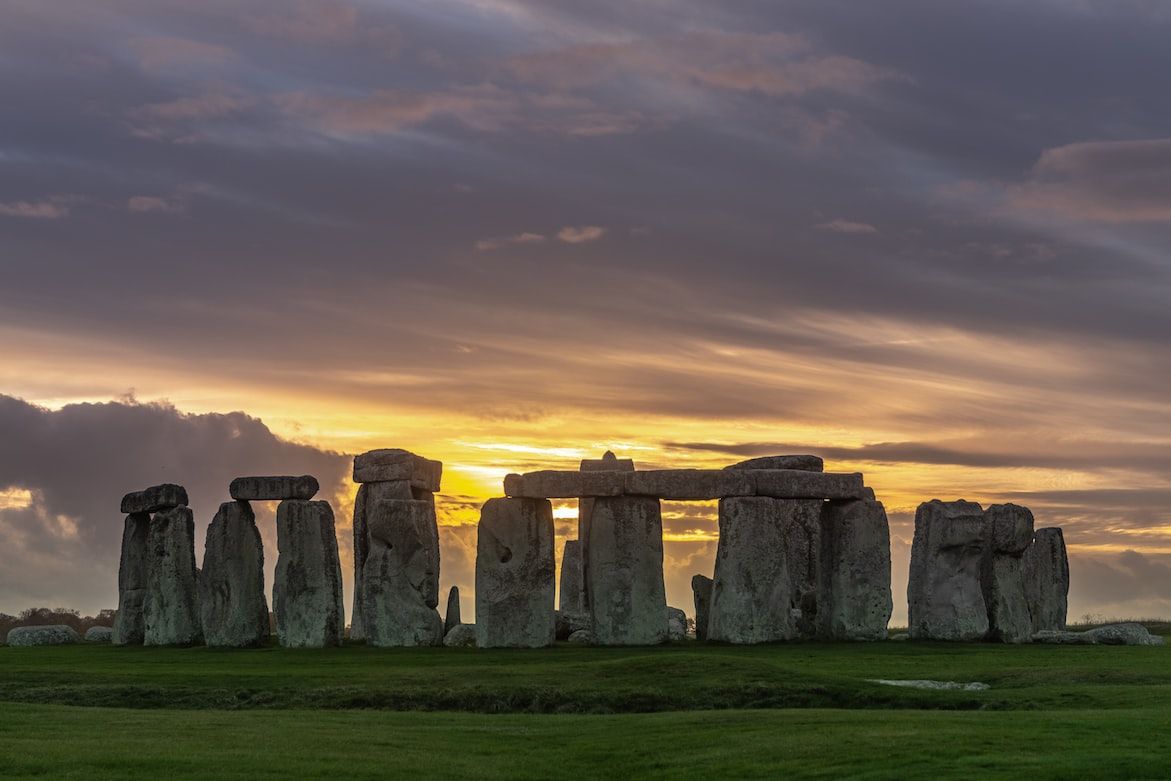21 facts about England
The name England is derived from the Old English - Englaland - meaning "land of the Angels". One of the four countries of the United Kingdom, England ...
Despite insightful archaeological research, we have not yet fully understood the method of construction and the purpose of Stonehenge to this day. Unfortunately, the people who built and used this temple have left no written sources. It is admirable that the civilization that built Stonehenge could process blocks of rock weighing tens of tons. It is also worth mentioning that some elements were transported to the construction site from a distance of 240 kilometers.












